Woman Architect of the Year 2019: Sheila O'Donnell
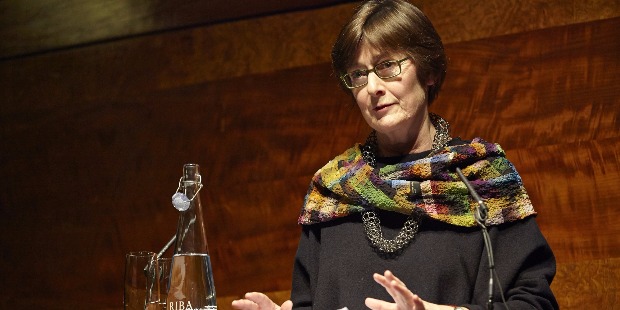
The 2019 Women in Architecture Awards was held on the 1st of March 2019 in Central London. The annual ‘Women in Architecture Awards’ was established eight years ago by Christine Murray, Editor of the AJ. The awards celebrate the best design by women architects across the globe to promote role models for young women in practice.
The Women in Architecture Awards’ jury comprised of architect-academic-novelist Lesley Lokko, architect-designer Eva Jiricna, directors of Walters & Cohen Architects Michal Cohen and Cindy Walters, AKT II’s engineer Albert Williamson-Taylor, Karen Livingstone, Victoria Thornton and Tracy Meller.
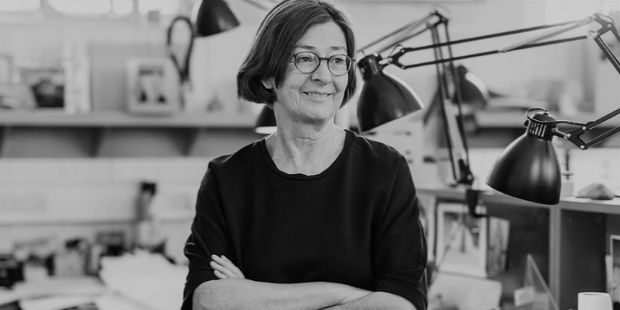
Sheila O’Donnell was named the Woman Architect of the Year 2019 for her firm O’Donnell + Tuomey’s spectacular work on the project ‘Central European University’ in Budapest. O’Donnell is the eighth women to receive the prestigious award. The judges stated, “O'Donnell's passion for the buildings of the Central European University was rewarded with an exceptionally high-quality building, which she evidently fought hard for. She is a role model for young women in architecture. Sheila O'Donnell did not have to break the glass ceiling – she and John Tuomey created a new reality.”
Sheila O'Donnell was chosen from the shortlisted entries. Eva Prats, co-founder of Flores & Prats’ ‘Casal Balaguer Cultural Centre’, Ellen van Loon, partner at OMA’s ‘Qatar National Library’, Carme Pigem, co-founder of RCR Arquitectes’ ‘De Krook Library’ in Ghent were the finalists along with O’Donnell.
Early Life:
Sheila O'Donnell was born in Dublin, Ireland in 1953. Sheila graduated from the University College Dublin with an architecture degree in 1976. In 1980, she completed her Masters’ degree in Environmental Design from the Royal College of Art. She topped her batch and won the ‘Best Graduating Student’ prize. Sheila moved to London after her graduation to hone her skills in the real world. In the year 1980, Sheila was awarded an MA in Environmental Design from the Royal College of Art London. During her initial years, she worked for James Stirling, Colquhoun + Miller and Spence and Webster.
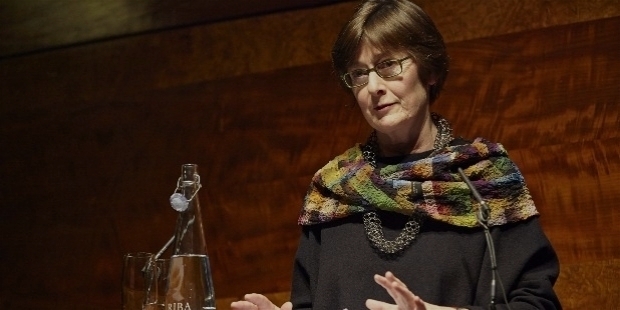
The Journey of Success:
Having graduated from the University College Dublin, Sheila worked with James Stirling for 18 months. She was given the opportunity to work on the detailed design of the Tate's Clore Gallery on Millbank. In 1981, she returned to Dublin. Seven years later in 1988, along with her husband John Tuomey, Sheila established O’Donnell + Tuomey Architects in Dublin.
Over the years, O’Donnell + Tuomey have established themselves as one of the distinguished architectural and design firms with amazing projects in their portfolio. The firm has won many prestigious awards in its three decades of existence. Prominent awards among them are RIAI Gold Medal, RIBA Awards and the Downes Medal from the Architectural Association of Ireland on seven occasions.
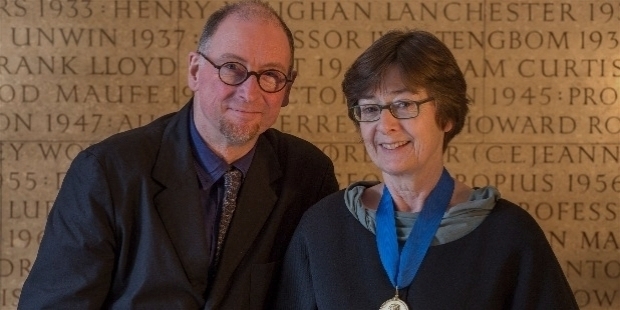
During the early 1980s, Sheila O’Donnell was involved with a small group of architects, who took great interest and responsibilities to develop the Centre of Dublin. Sheila helped to set up Blue Studio Architecture Gallery. In the year 1991, O’Donnell became a director of this group of architects. They named it ‘Group 91 Architects’. The group entered the Architectural Framework Competition and won to develop the Dublin’s Temple Bar. The project was completed in 1998 and was highly praised and was widely published.
Sheila O’Donnell has a fascinating love for watercolour studies, which she uses extensively in her work. Her amazing work has been exhibited at the Royal Hibernian Academy in Dublin and the Royal Academy in London. Sheila was passionately involved in the design of a Students’ Centre for the London School of Economics and a building for the Photographers' Gallery in Soho.
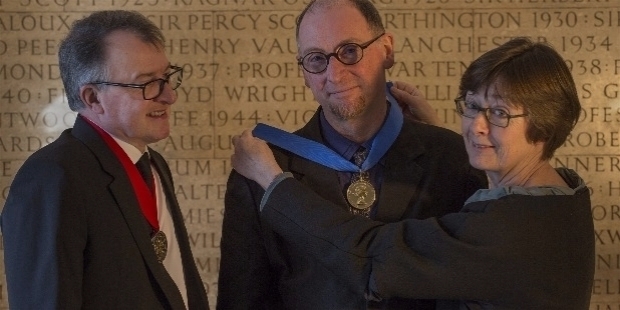
The firm O’Donnell + Tuomey are more involved in designing housing, schools and cultural institutions in Dublin. In 1992, they worked on the Irish Film Institute and in 1998, worked on the extension of Ranelagh School. Sheila has collaborated with the Irish Department of Education and worked on the design of Cherry Orchard School, a primary school pilot project for disadvantaged communities.
Sheila O’Donnell is passionate about teaching the younger generation and shares her experience to inculcate a better future for them. She works full-time as a Professor at the University College, Dublin. She also imparts teachings as a visiting Professor and Critic at Schools of Architecture in Japan, Venezuela and the United States, including Princeton, Michigan, Buffalo, Yale, Columbia, Syracuse and Cooper Union. In the year 2010, Sheila O’Donnell was elected an Honorary Fellow of the American Institute of Architects. She also works as an external examiner for the Department of Architecture at Cambridge University and for the Architectural Association, London.
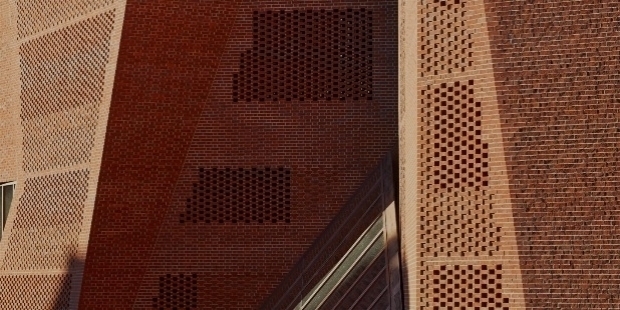
Sheila O’Donnell is an Honorary fellow of the American Institute of Architects. In the year 2009, she was elected a member of Aosdána, an affiliation of Irish Artists. In the year 2015, Sheila and her husband John Tuomey became the joint recipient of the RIBA Royal Gold Medal and the American Academy of Arts and Letters Brunner Prize. Both the awards were awarded to Sheila O’Donnell and John Tuomey in recognition of a lifetimes work.
O'DONNELL + TUOMEY:
O'Donnell + Tuomey is an architectural practice based in Dublin, Ireland. The firm was established in 1988 by Sheila O’Donnell and her husband John Tuomey. The husband and wife team had worked previously at Stirling Wilford in London. They are both directors of Group 91 Architects. Apart from being busy with their architectural firm, they teach at the University College Dublin, apart from giving lectures at schools of architecture in Europe, the UK and USA, including Harvard Graduate School of Design, Princeton University, Cambridge University and the AA Architectural Association School of Architecture.
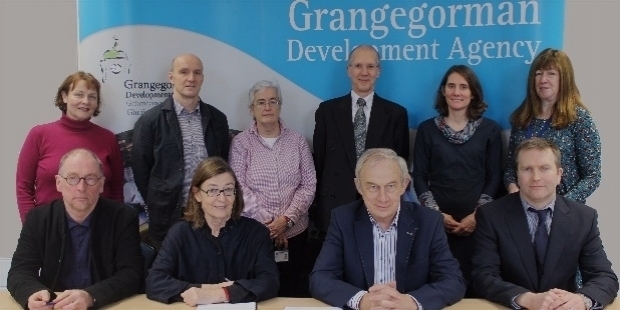
In the year of 2010, Sheila and John were elected Honorary Fellows of the American Institute of Architects. In the year 2013, O’Donnell + Tuomey received the ICON Architecture Practice of the Year Award. The firm strongly believes architecture is to give shape to everyday routines of society, or to make a society out of those everyday routines. To have a building feel like it is part of the fabric of social life is second nature to us.
Lewis Glucksman Gallery at University College Cork, Ranelagh Multidenominational School, Lyric Theatre in Belfast, Gaeláras Irish Language Centre and London School of Economics Saw Swee Hock Students' Centre are some of the most prominent projects of O’Donnell + Tuomey.
LSE Saw Swee Hock Student Centre Project, London:
The project in London was started in the year 2009. It was completed in the year 2015. The Saw Swee Hock Student Centre at the London School of Economics is a multifunctional building, comprising of a large music venue, pub, learning cafe, union offices, prayer centre, dance studio, careers library and gym. It is located at the knuckle-point convergence of the network of narrow streets, which characterize the LSE City Centre Campus. At the threshold of the Student Centre, a public space is positioned on axis with St Clement’s Lane to pull pedestrian street life into and up the building.
O’Donnell + Tuomey’s intention was to create an active Student Centre with a contemporary, inviting, welcoming look and inspire its users. Open stairways spiral around the central lift shaft inside the building forms a skewering pivot-point at the centre of gravity of the plan. The wide stairs were designed with slow steps to make a flowing continuous ribbon of movement from street to roof garden, a vertical building working as a single organism.
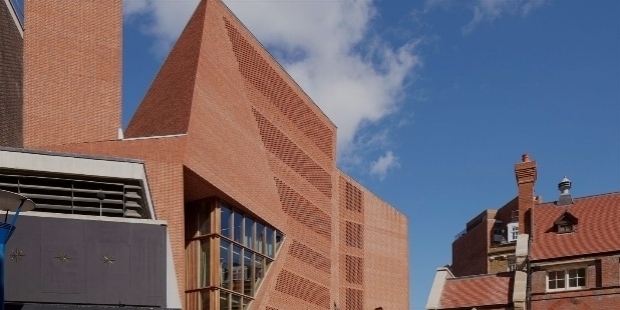
The design relates to the resilient characteristic of London city’s architecture with familiar materials made strange, because London is a city of bricks. The exterior walls are clad with bricks and wrap the walls in a permeable blanket to create dappled daylight in particular spaces and at night. With all the lights on inside, the building is seen like a glowing lattice lantern. The faceted facade of the building is composed of both solid and perforated brick areas and glazed screens. The openwork brickwork is designed in front of glazed screens to seal the building and incorporate opening sections to naturally ventilate the building. The extent of perforation has been developed to maximize daylight into the building.
The building has been designed in such an amazing manner that it does not feel like a hotel, an office or an academic institution. The beauty reflects freshness, airy feel, heavy and light, open and clear, sculptural and social characteristics. The project received AAI, RIBA, RIAI Awards & multiple awards for the building.
Central European University, Budapest:
The project in Budapest, Hungary commenced in the year 2011 and was completed in 2016. O’Donnell + Tuomey were assigned to design the first phase of a campus masterplan for the Central European University. The relationship of the university to the city changed after the project was completed. The first phase provided a public face for the university, a new entrance on axis with the Danube, auditorium, classrooms and learning café for citizens and students.

The brief of the project was to design a new 35,000 sq m Campus on a World Heritage site in Central Budapest by incorporating all university departments and facilities. The radical transformation of five adjoining, previously disconnected, historic buildings and the construction of two new buildings was the challenge for the husband-wife team. Their amazing design was well received by the world.
The architect duo employed a process of selective subtraction and addition to transform the campus into a metaphorical crossroads. The design linked existing and new facilities through a legible sequence of connected courtyards. The functional layout was incorporated to provide easy communication between interrelated adjacencies, clusters connected by social spaces, encouraging interaction and collaboration between academic departments.
The new building on Nador Utca formed the main entrance to the University. It houses the library and learning commons over a multipurpose auditorium and conference facilities. The adjoining building was radically refurbished to provide a covered courtyard for public events, with a business school and teaching spaces at upper levels. A roof garden straddles both the buildings to provide views over the city skyline.
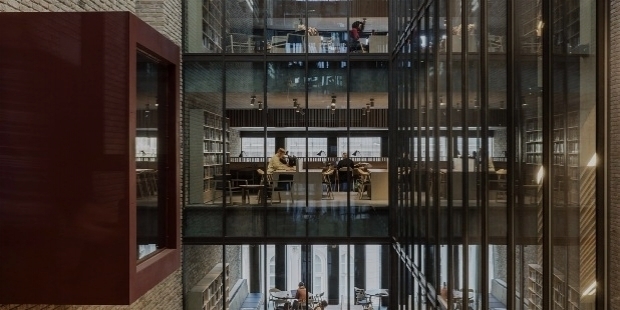
Landscaped Roof Gardens play an important role in reducing heat gain in the buildings. It also enhances the environmental sustainability of the project. Landscaped gardens form an accessible roofscape of a ‘Hanging Gardens of Budapest’. The project won the RIBA & RIAI Awards among many others.









